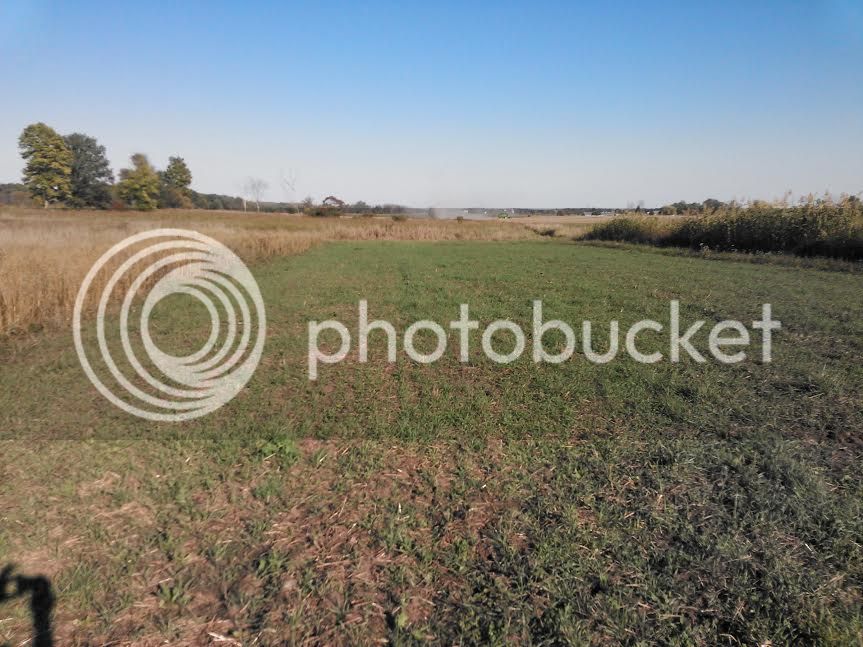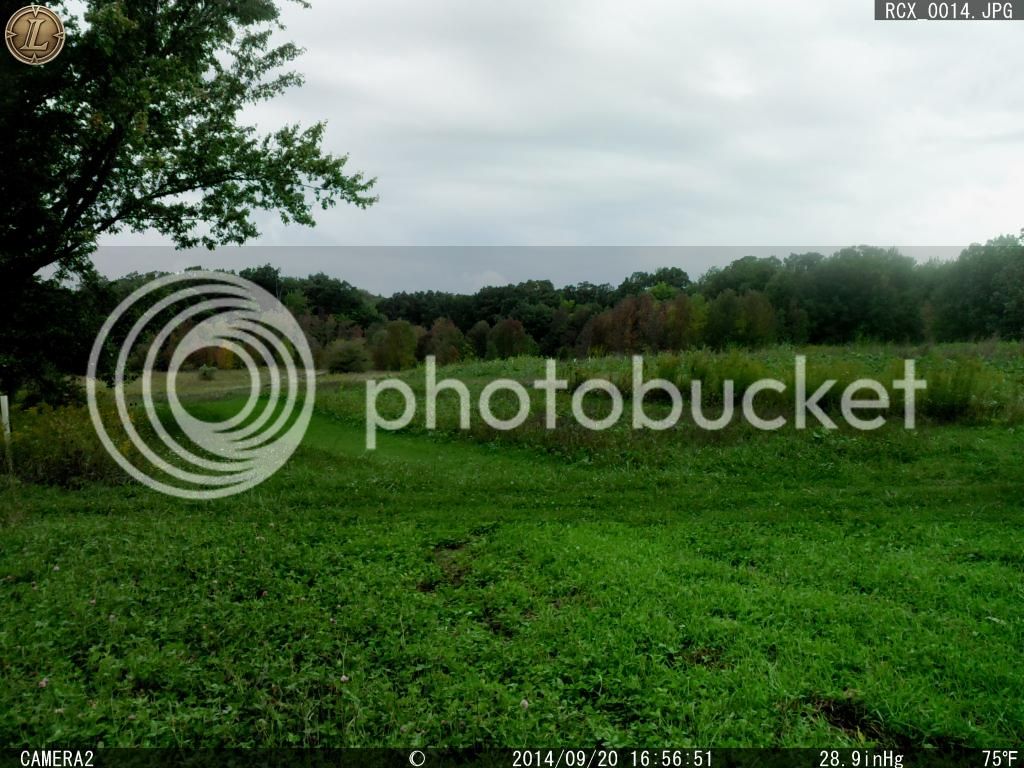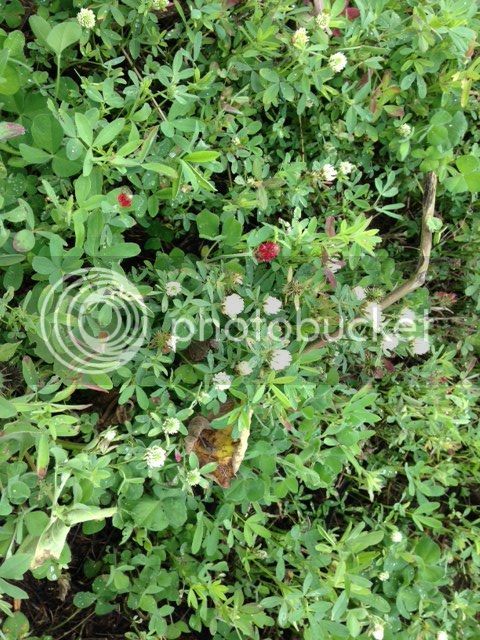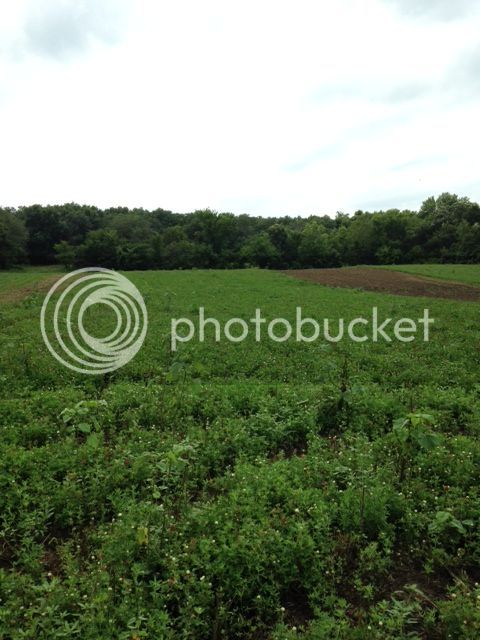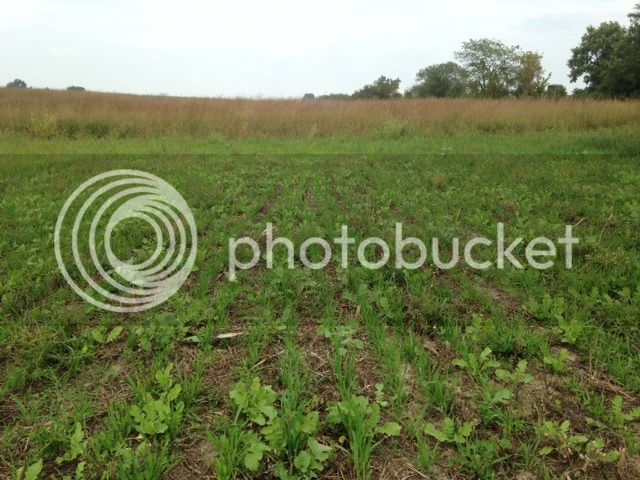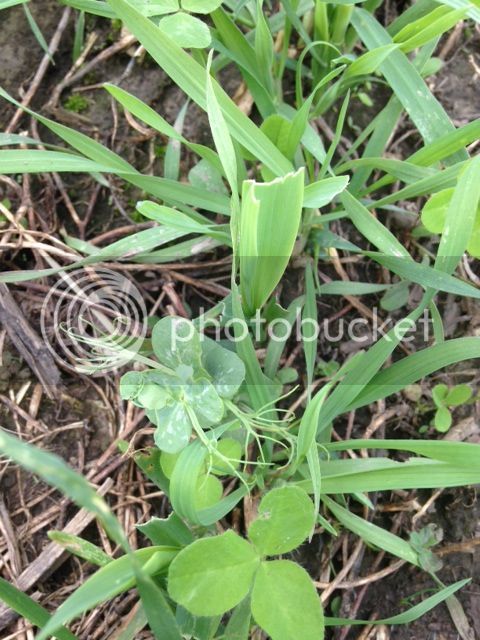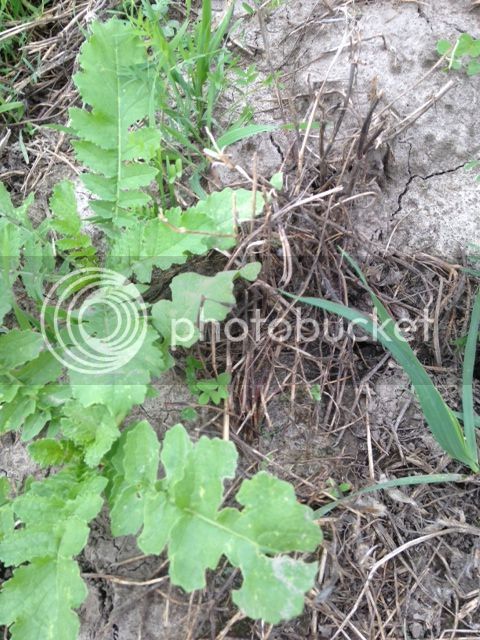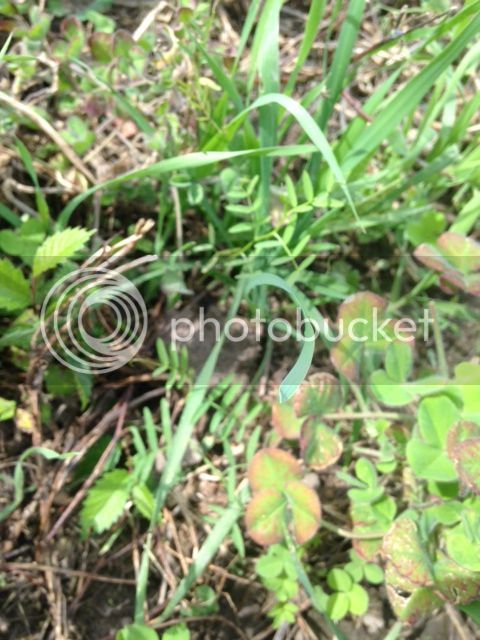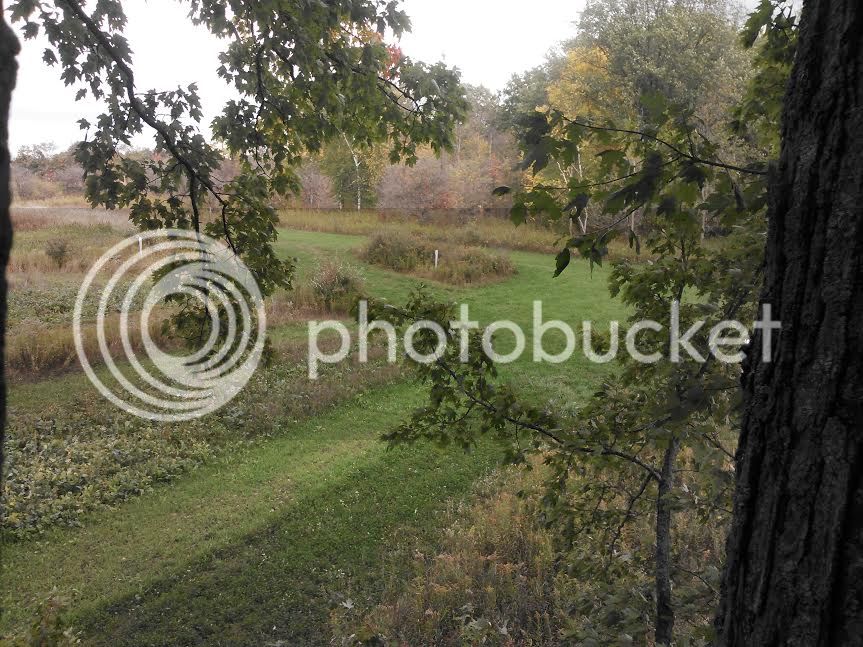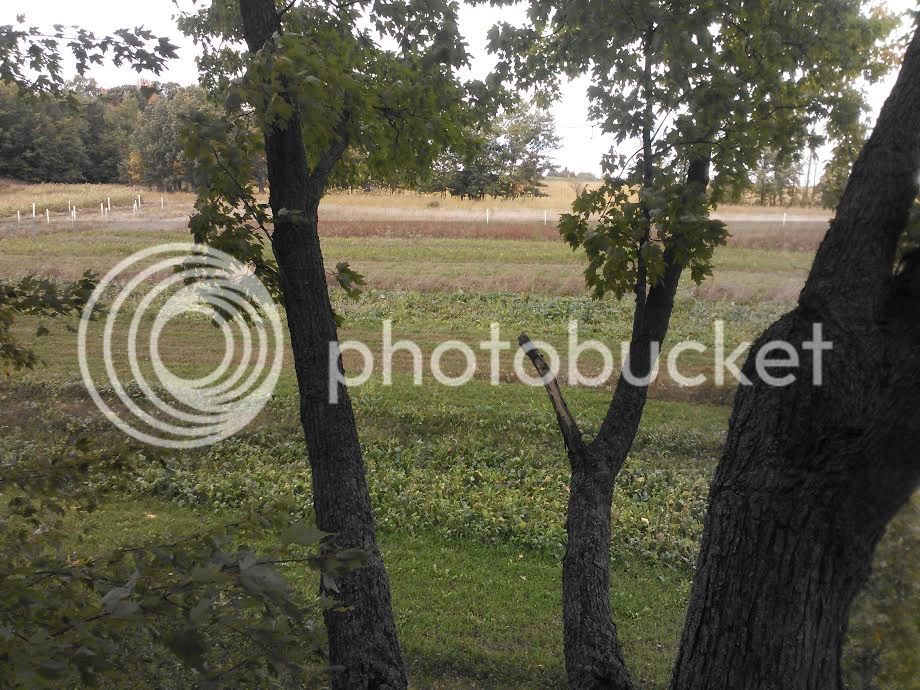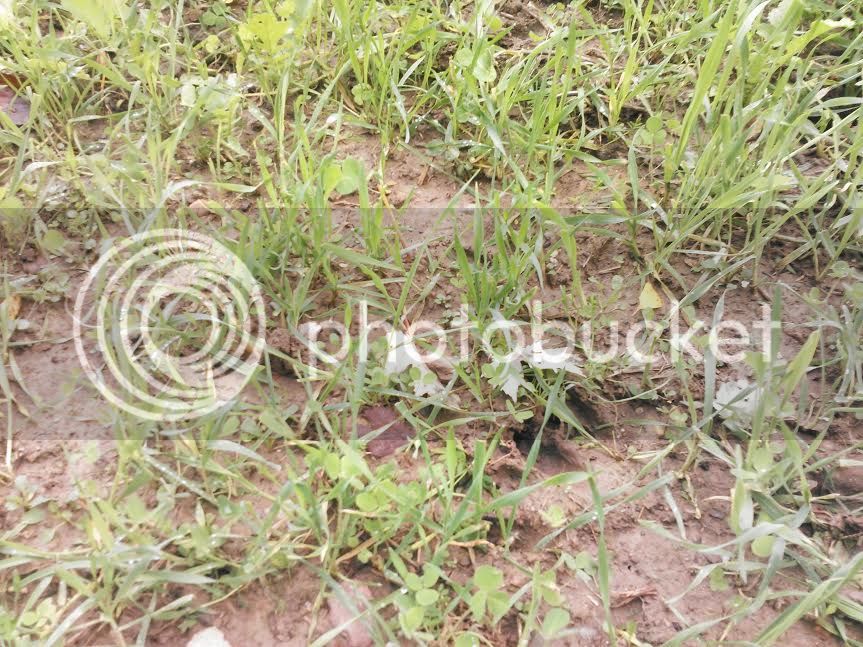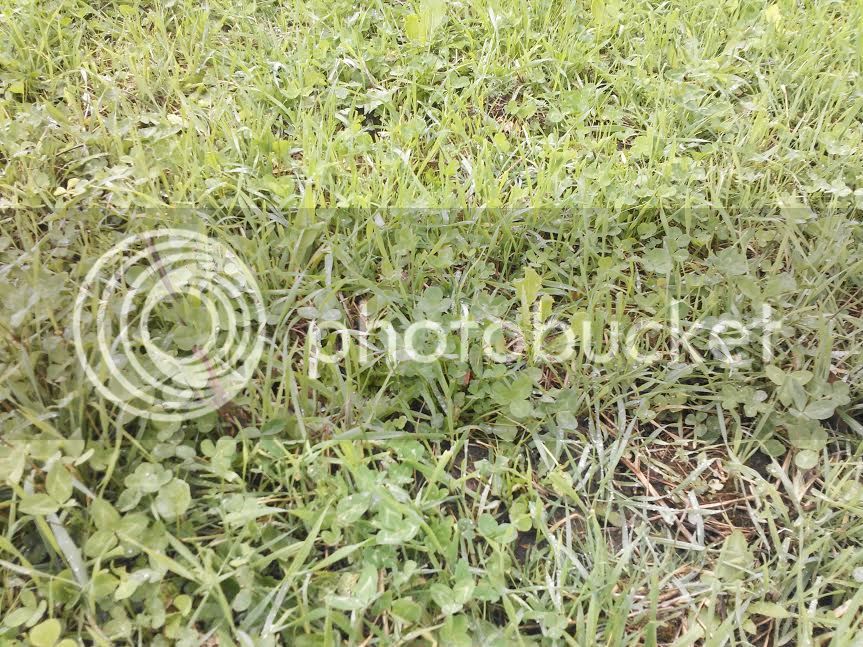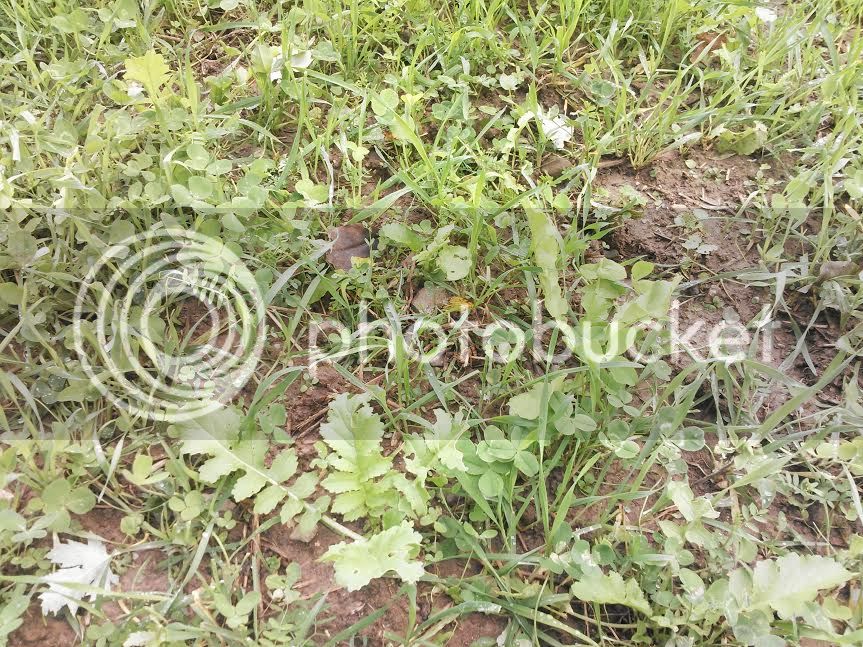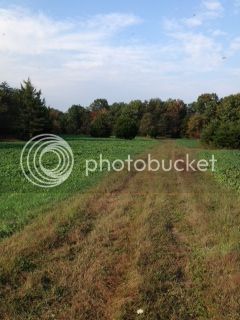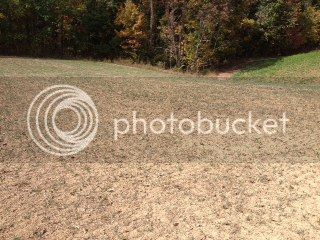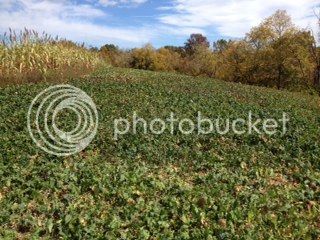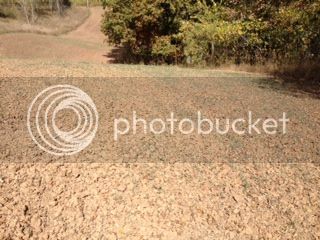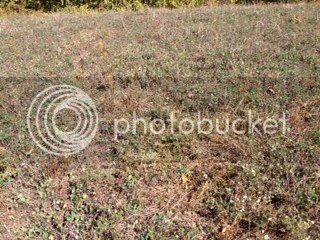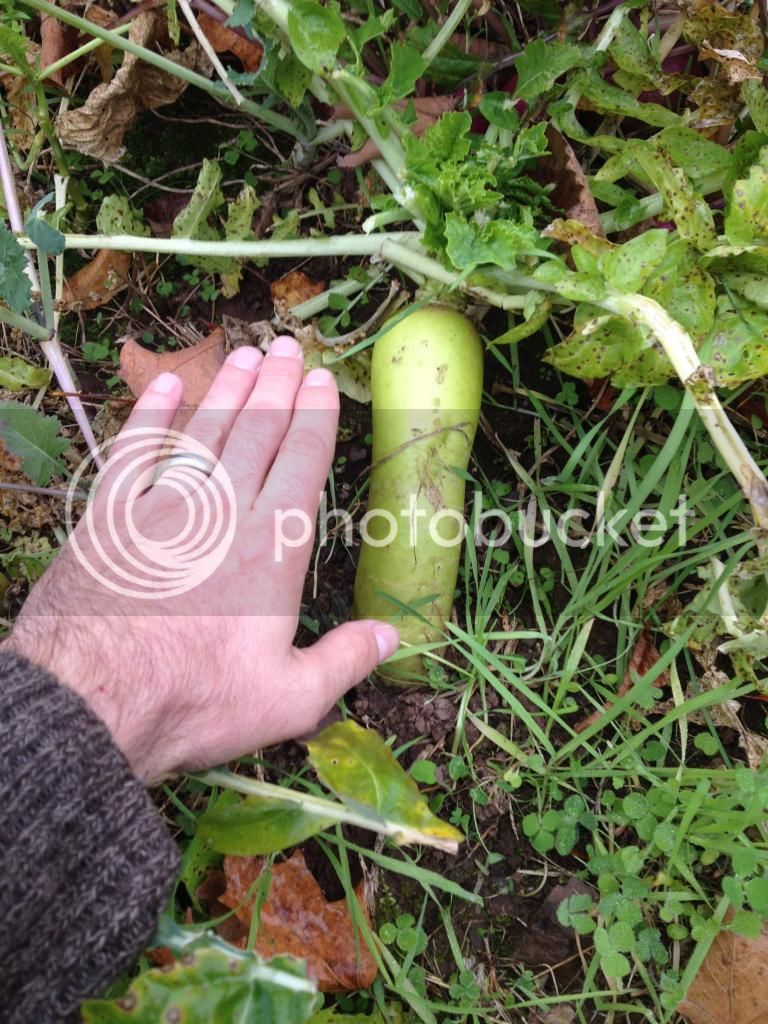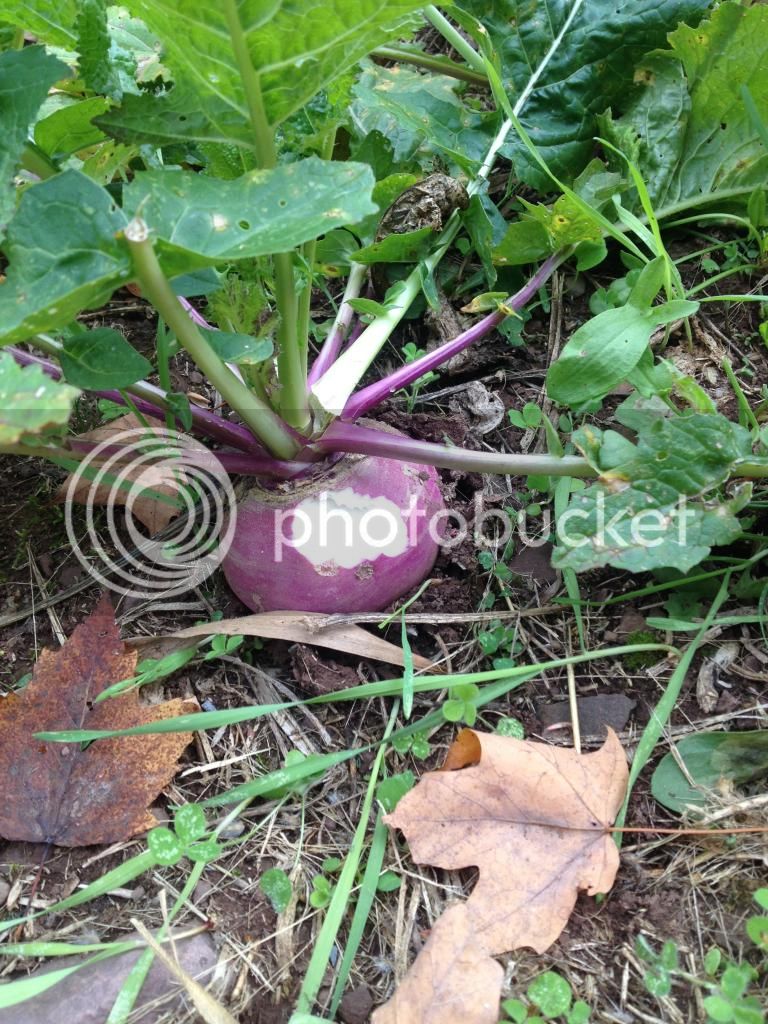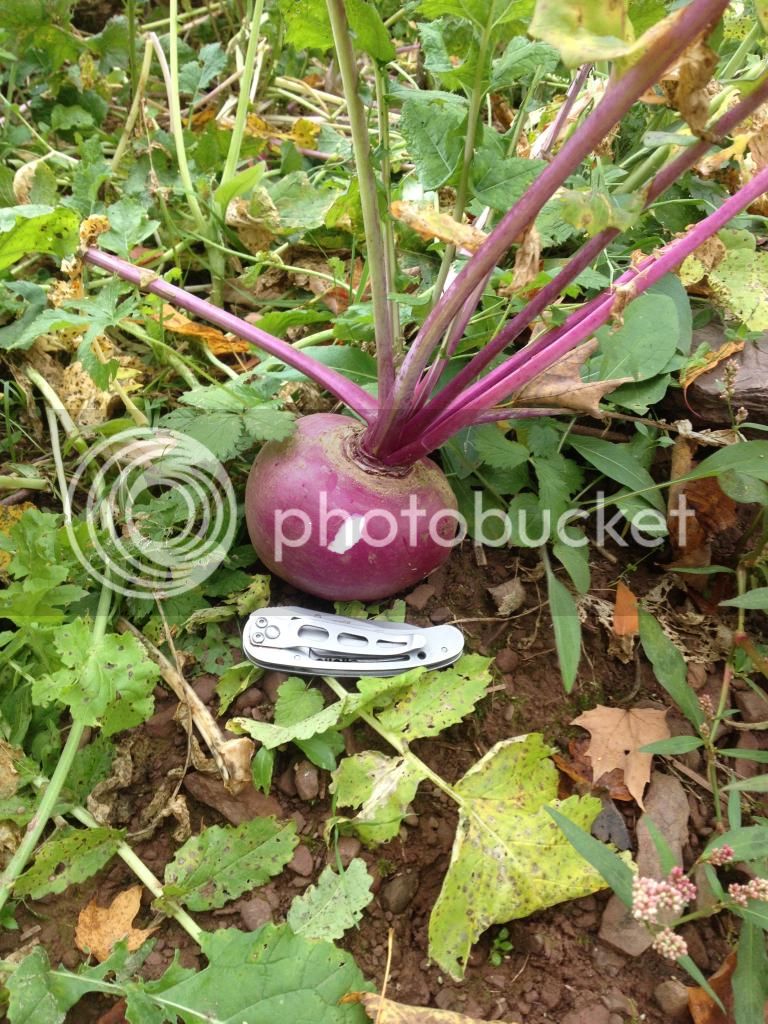D
Dbltree
Guest
PDF files are available at the bottom of Dbltree's post showing the pictures he posted
b]September 17th, 2014[/b]
Jess sprayed the annual clovers and weeds (where we had brassicas last year) to prepare for the winter rye mix. He notill drilled the cereal grain mix the very end of August.
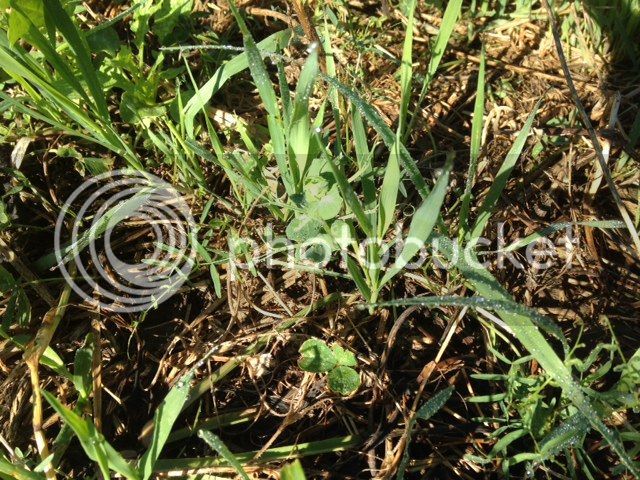
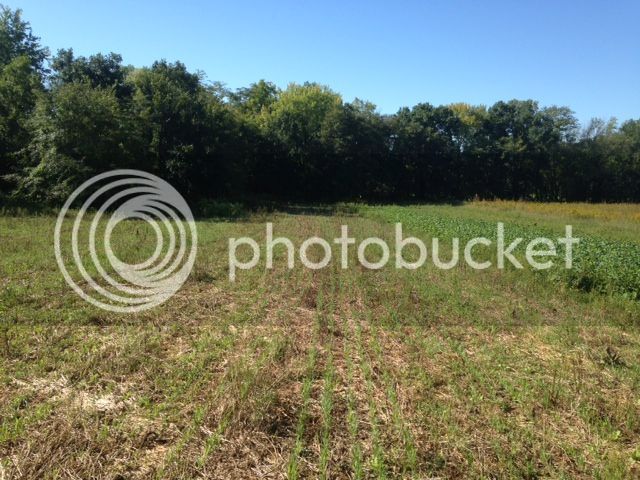
He didn't have time to mow but other then looks it really didn't matter. The drill knocked it down anyway.
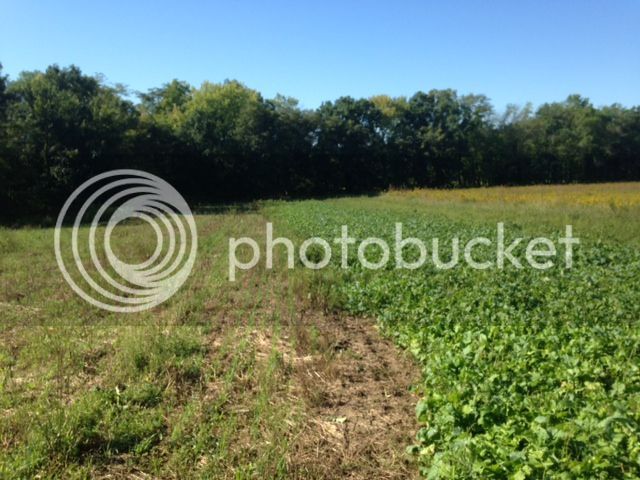

Lacking a drill one could spray the clover (assuming the oats had been mowed earlier ), spread the large seeds, disc, cultipack, broadcast small seed and cultipack again. That would be minimum tillage which leaves more organic matter on top.
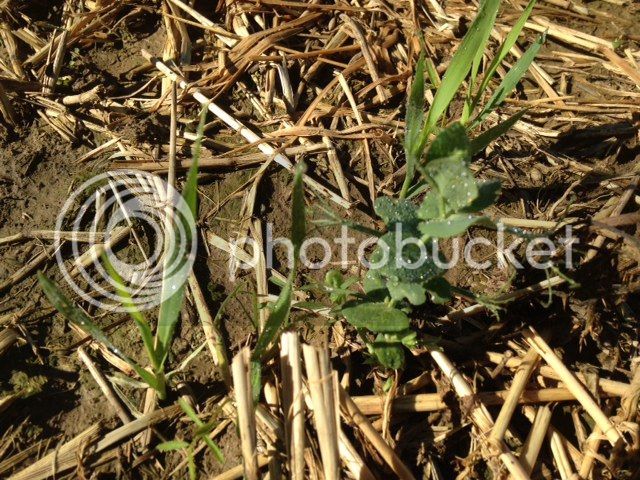
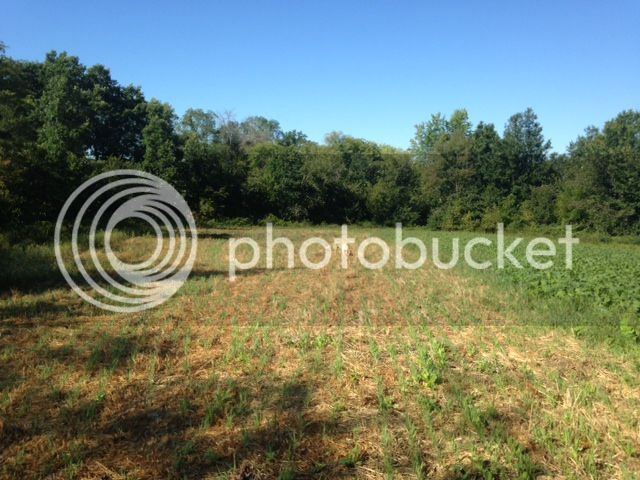
The more "trash" we leave on top, the better in term's of improving soil and increasing the percentage of organic matter.

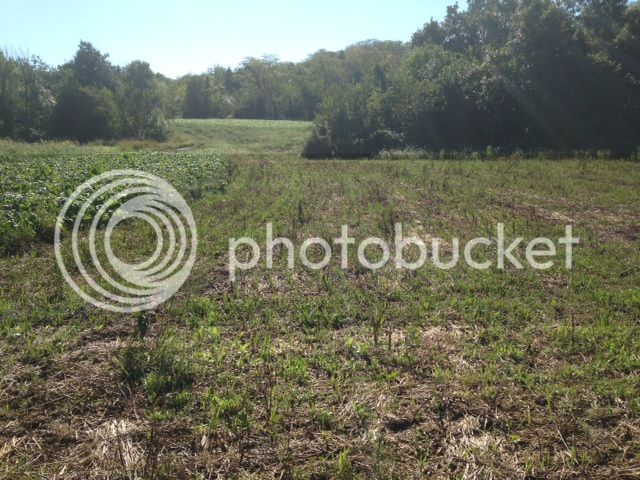
Whitetails are not going to care one way or the other but they will care if there is nothing there because drought caused it to fail
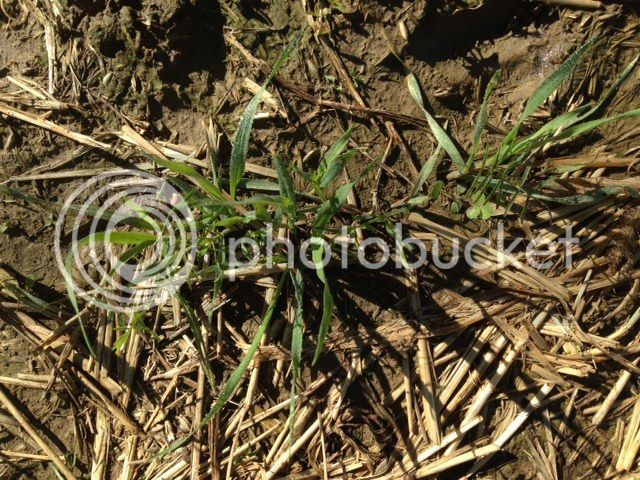
The oats are faster growing then rye so provide a lush, highly palatable food source to help keep whitetails from decimating brassicas to soon.
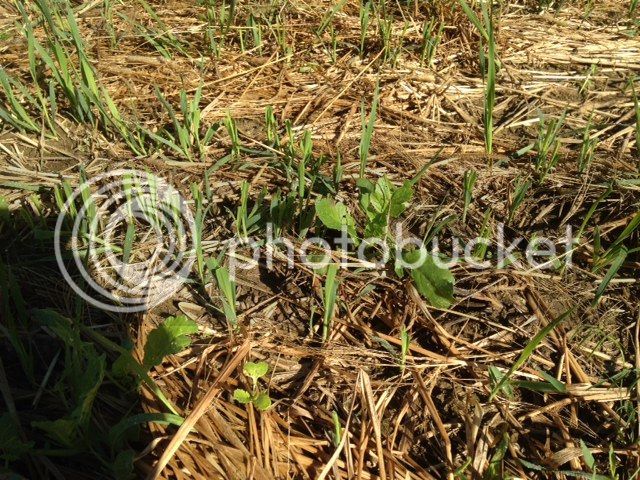
Each plant in the various crop species is going to be effective at different time's and overlap each other. This insures that we always have year around food sources that keep whitetails adapted to coming to one place
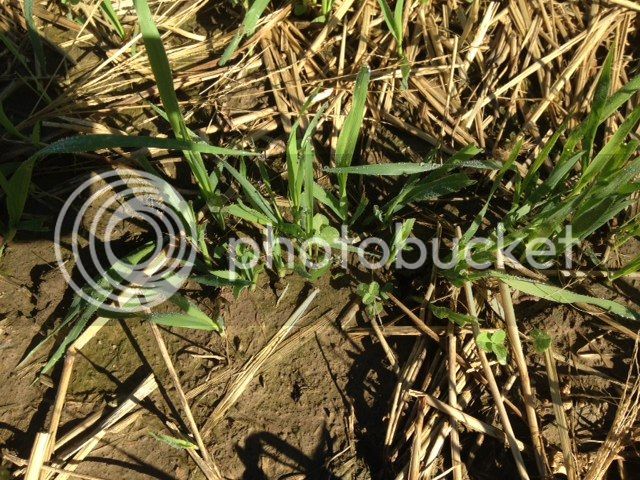
Crops like corn or beans alone don't provide year around attraction although in some cases they can be used as part of a crop rotation. They are hard on soils and intolerant to high deer densities however.
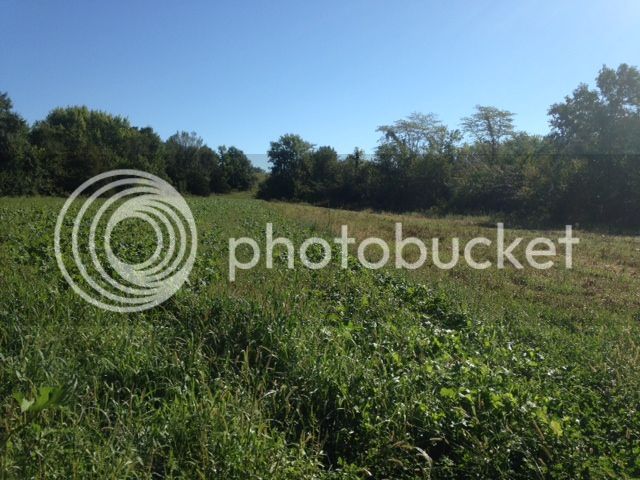
Soon we will have cam pictures to share and we hope you will share yours as well.
Many thanks to chickenlittle for rescuing Pauls pictures.
PDF of the page 5 with photobucket photos
b]September 17th, 2014[/b]
Jess sprayed the annual clovers and weeds (where we had brassicas last year) to prepare for the winter rye mix. He notill drilled the cereal grain mix the very end of August.


He didn't have time to mow but other then looks it really didn't matter. The drill knocked it down anyway.


Lacking a drill one could spray the clover (assuming the oats had been mowed earlier ), spread the large seeds, disc, cultipack, broadcast small seed and cultipack again. That would be minimum tillage which leaves more organic matter on top.


The more "trash" we leave on top, the better in term's of improving soil and increasing the percentage of organic matter.


Whitetails are not going to care one way or the other but they will care if there is nothing there because drought caused it to fail

The oats are faster growing then rye so provide a lush, highly palatable food source to help keep whitetails from decimating brassicas to soon.

Each plant in the various crop species is going to be effective at different time's and overlap each other. This insures that we always have year around food sources that keep whitetails adapted to coming to one place

Crops like corn or beans alone don't provide year around attraction although in some cases they can be used as part of a crop rotation. They are hard on soils and intolerant to high deer densities however.

Soon we will have cam pictures to share and we hope you will share yours as well.
Plant ALL in one plot in strips or blocks
Alice, Kopu II, Durana (or comparable) white clover 10% of plot, sow at 6#'s per acre with the rye combination in the fall or in the spring with oats and berseem clover. Correct Ph and P&K with soil tests
Brassicas in 45% of plot
Purple Top Turnips 3#
Dwarf Essex Rape 2#
GroundHog Forage radish 5#
Plant in mid to late July in most Midwest states, or 60-90 days before your first killing frost, Use 200#'s of 46-0-0 urea and 400#'s of 6-28-28 per acre. Follow the dead brassicas with oats and berseem or crimson clover in mid spring at 60#'s oats and 12-15#'s berseem clover and/or crimson and/or 50#'s of chickling vetch)
Cereal Grain combo in 45% of plot...we use 50# each rye, oats and peas along with radish and clover seed all planted in half of each feeding area
Winter rye 50-80#'s per acre (56#'s = a bushel)
Spring oats 50-120#'s per acre (32#'s = a bushel)
Frostmaster Winter Peas or 4010/6040 Forage peas 20-80#'s per acre
Red Clover 8-12#'s per acre or white clover at 6#'s per acre (or 20-40 pounds hairy vetch and 20-30#'s crimson clover on sandy soils)
Groundhog Forage Radish 5#'s per acre
Plant in late August to early September, if following well fertilized brassicas use 100 - 200#'s of urea, if starting a new plot add 400#'s of 6-28-28 but for best results soil test and add only what is necessary.
Rotate the brassicas and rye combo each year
Many thanks to chickenlittle for rescuing Pauls pictures.
PDF of the page 5 with photobucket photos
Attachments
Last edited by a moderator:

